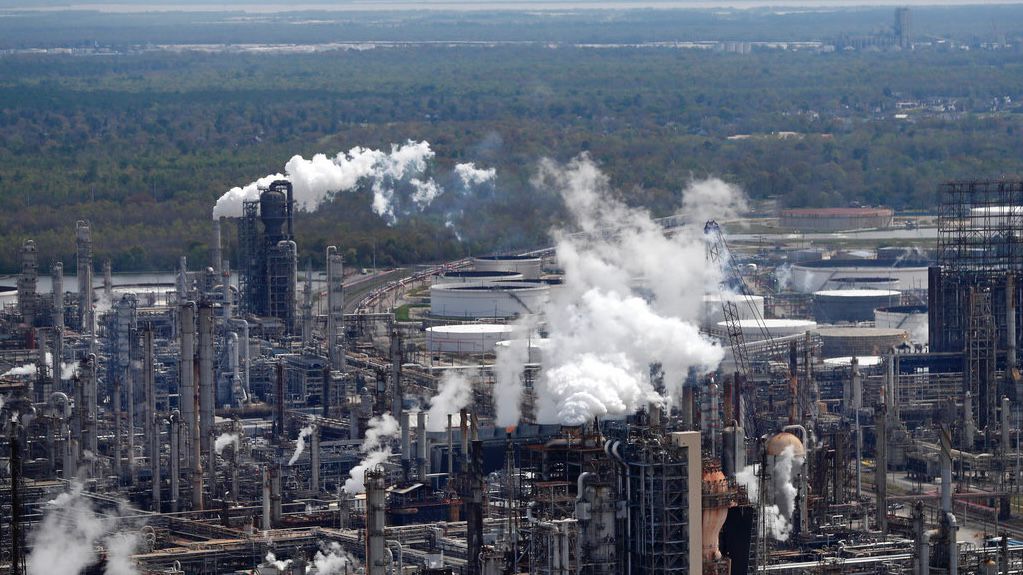The U.S. Environmental Protection Agency finalized a new air quality standard on Wednesday that tightens the allowable amount of fine particulate matter.
The fine, inhalable particles known as PM 2.5 are generated from a variety of sources, including the burning of fossil fuels and cigarette smoke, leading to premature death, asthma attacks and lost workdays.
The Clean Air Act requires the EPA to set national air quality standards for PM 2.5. The current standard has been in effect since 2012. Under the new finalized rule, in 2032 the annual ambient air quality standard needs to be reduced from 12 micrograms per cubic meter to 9.
“This final air quality standard will save lives and make all people healthier, especially within America’s most vulnerable and overburdened communities,” EPA administrator Michael S. Regan said in a statement. “Cleaner air means that our children have brighter futures, and people can live more productive and active lives, improving our ability to grow and develop as a nation.”
The EPA estimates that for every dollar spent on stronger air quality standards, $77 will be yielded in benefits to human health in 2032. The agency said the updated standard will prevent 4,500 premature deaths and 290,000 lost workdays that can provided as much as $46 billion in health benefits in eight years.
While many counties in the country that monitor PM 2.5 already meet the strengthened standard, the EPA is changing its monitoring network to look at populations that may be more susceptible to its negative health effects.
Minority, low-income and tribal communities are especially vulnerable to the effects of PM 2.5, as are children, older adults and individuals with asthma, heart disease and lung disease.
Construction sites, older diesel engines and industrial plants are responsible for some of the PM 2.5 released into the air and is controllable with readily available technologies, the EPA said.
The EPA updated the standard following a decision in June 2021 to reconsider standards set in 2012. Those standards were set to continue based on an EPA decision made during the previous administration. In a statement, the EPA said its decision to strengthen the soot rule considered the available science, recommendations from independent advisors including the Clean Air Scientific Advisory Committee and public input that included 700,000 written comments.



